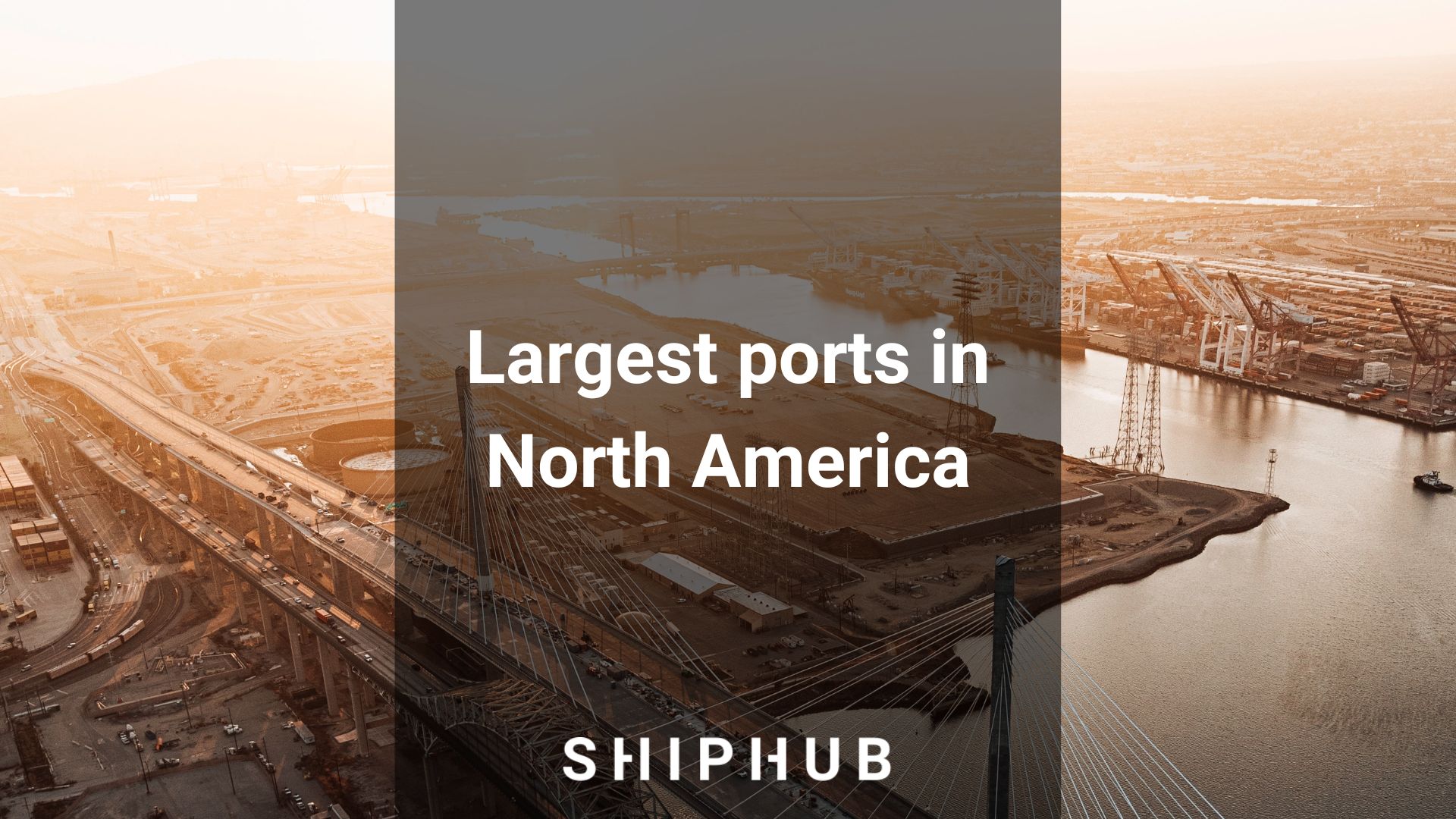When discussing the shipping industry, South America is often overlooked. This is mainly because none of the ports in South America are on the list of the top 20 ports in the world. However, routes to and from South America account for 15% of total commercial services. Also, there is the Panama Canal, which connects the Atlantic Ocean with the Pacific Ocean. This article presents the largest seaports in South America with their short descriptions.
The largest seaports in South America
1. The largest seaport in South America – Itaqui, Brazil

The port of Itaqui is the largest and busiest port in Brazil. It is located near the city of Sao Luis in Maranhao. In recent years, the port’s efficiency has improved. The port of Itaqui has thus established itself as one of Brazil’s most important transshipment hubs.
The top exports include bulk manganese ore, aluminum ingots, alcohol, and vegetable oil. Imported goods are mainly fertilizers in bulk, wheat, rice, coal, petroleum coke, limestone, petroleum derivatives, LPG, caustic soda, fertilizer, aluminum fluoride, general cargo, rails, vegetable oil, and anthracite.
Annual throughput in the Port of Itaqui (2022): 4.8 million TEUs
2. Port of Tubarao, Brazil

The Brazilian port of Tubarao is the second busiest port in Brazil and South America. The port is located near the town of Vitoria. The port of Tubarao, in Espírito Santo, is widely regarded as the world’s largest producer of iron ore and pellets. Therefore, the port of Tubarao exports a lot of iron ore extracted from nearby mines in Minas Gerais.
In addition to iron and pellets, the port of Tubarao handles bulk coal ore, steel products, grain, soya, fertilizer, and bulk liquids.
Annual throughput in the Port of Tubarao (2022): 4.2 million TEUs
3. The largest seaports in South America – Santos, Brazil

The port of Santos was, for a long time, the busiest and largest port in Brazil until Itaqui took first place. It is located in the Brazilian city of Sao Paulo. It has terminals for handling solid and liquid cargo in bulk, in containers, and in general cargo transport. The port of Santos is connected to over 600 ports in 125 countries.
The main product exported by the port of Santos until World War II was coffee. Currently, the main cargo handled in the port of Santos is fertilizers. It is also an important outlet for Brazilian oil exports. Additionally, the port’s services are used to ship cars, machinery, juices, and soya.
Annual throughput in the Port of Santos (2022): 3.8 million TEUs
4. Port of Callao, Peru

The port of Callao, also known as El Callao, is Peru’s largest and busiest port. The seaport is located 15 km west of the capital Lima. This is the busiest port in South America that is not located in Brazil.
The Port of Callao is a gateway to Peru’s import and export container traffic, as well as an interesting point for regional transshipment.
Annual throughput in the Port of Callao (2022): 2.9 million TEUs
5. Port of Cartagena, Colombia

Cartegena Port is the busiest port in Colombia. It is located on the northern coast of Colombia near the Caribbean, about 265 nautical miles from the Panama Canal.
The seaport serves as the main oil port, as well as an important export terminal for coffee and platinum. Other products, such as fertilizers, textiles, cosmetics, and leather goods, are also handled here.
Annual throughput in the Port of Cartagena (2022): 2.3 million TEUs
6. Port of San Lorenzo-San Martin, Argentina

The port of San Lorenzo-San Martin is Argentina’s busiest port. The complex of San Lorenzo and Puerto General San Martín is a number of port facilities on the west bank of the lower Paraná River in Argentina.
The port mainly handles agricultural products like maize, wheat, soya beans, and sorghum.
Annual throughput in the Port of San Lorenzo-San Martin (2022): 1.9 million TEUs





